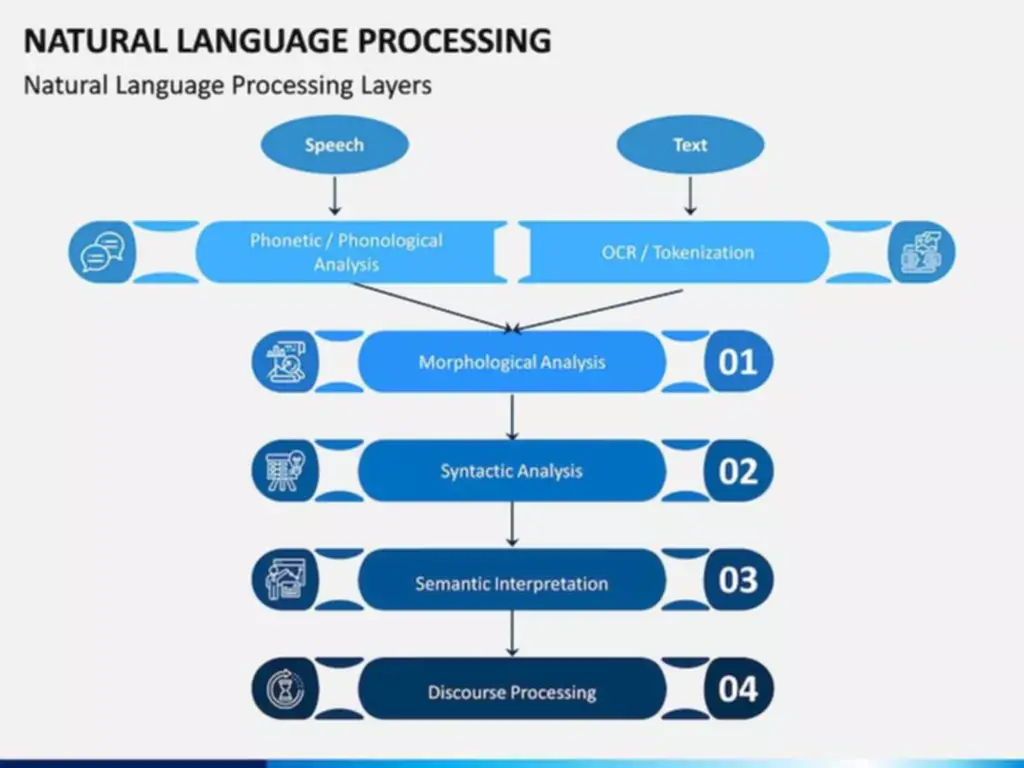This separation of storage enhances the resilience and scalability of microservices, but also introduces challenges in managing distributed knowledge and transactions. SOA providers are usually bigger SOA vs Microservices and more generic, aimed toward serving multiple purposes throughout a company. Microservices are smaller in size, with every service focused on a particular performance or domain.

Microservices Vs Soa: Key Differences
SOA isn’t going to disappear, however it’s also unlikely to be tailored to these new necessities. Software practices are transferring to microservices, so SOA practitioners ought to be prepared to go there as nicely. The term microservices could be a supply of confusion for some former SOA builders. This time period could conjure up the picture of lots of or 1000’s of services that consist of a couple strains of code that might be called upon as wanted.
- As a result, the complexity shifts from alignment for building one giant software to orchestration for these small-scale services.
- Current software program growth more and more depends on distributed, service-based architectural patterns to achieve scalability, reliability, and rapid build, test, and launch cycles.
- Deciding between microservice vs SOA (Service-Oriented Architecture) is essential for contemporary software growth.
- Under these concerns, SOA is an ideal candidate for large-scale enterprise platforms that include many alternative functions and providers.
Key Parts That Will Assist You Choose The Best Method
With digital transformation at such a breakneck speed, the demand is being positioned on organizations to enhance their IT infrastructure. Ultimately, this service-oriented structure vs. microservices concept doesn’t hold lots of weight. It also presents itself as a single point of failure with the potential to convey down all communication throughout the application. Both are smaller in scope than a whole monolith architecture, and each require an inner culture where decentralization and cross-functional collaboration are the norm. Microservices today are a product of the teachings learned from every SOA success and failure. Developers and designers were capable of take these classes and use them to fine-tune microservices to the point that they can make good on the promises SOA couldn’t maintain.
Disadvantages Of Monolithic Architecture
The selection between them hinges on numerous factors such as project requirements, the proficiency of the team, and the group’s computational capabilities. In the following chapter, we will delve into sensible applications of SOA and Microservices, unveiling some useful insights into their real-world application. In the world of SOA, a single service’s failure may danger the whole software owing to the interlinked nature of providers mediated by the service bus. Contrastingly, Microservices symbolise minuscule, unique fragments that congregate to type an ever-evolving utility. Every microservice is allotted a separate task and could be independently designed, deployed, and augmented. Each of these providers maintains an individual database and could be autonomously deployed.

Microservices architecture enhances scalability and fault tolerance whereas allowing for the combination of numerous technology stacks. Key tenets include the flexibility to scale companies independently, isolate faults successfully, and apply completely different technology stacks tailored for every particular service. Conversely, SOA would possibly present fewer complexities concerning the number of companies, but maintaining the Enterprise Service Bus (ESB) and guaranteeing constant communication between companies may be challenging. It requires ongoing assist to handle potential bottlenecks and system integrations. Considering long-term maintenance and help is essential when choosing between Microservices and Service-Oriented Architecture (SOA). With their distributed nature, Microservices can result in complexities in monitoring and managing quite a few unbiased providers.
Similarly, most healthcare techniques, corresponding to affected person management techniques and electronic health record (EHR) techniques, require affected person registration. Microservices architecture takes a unique approach from SOA, focusing on dividing an software into a suite of small, independent companies. Each microservice is a self-contained unit, liable for a specific enterprise function, and operates autonomously, communicating with different companies through well-defined interfaces. This capacity to integrate and work together throughout totally different companies, certain by widespread communication standards and an enterprise service bus, makes SOA a cornerstone of modern enterprise operations and software improvement. It depends on what you want to achieve together with your applications, which in turn determines the choice between SOA and Microservices.
As we’ve navigated the intricate landscapes of SOA and microservices, it’s clear that each architectural type possesses distinctive characteristics suited to totally different organizational wants and objectives. Whether in search of enterprise-wide integration with SOA or aiming for agility and speedy deployment with microservices, understanding their advantages and limitations is paramount. SOA companies are typically deployed as a part of a monolithic application or on an ESB, where a number of providers share a single runtime environment.
That’s like avoiding mobile tools as a result of they weren’t all that dependable ten years ago. However, the idea of loosely coupled functions made up of a quantity of function-oriented providers is essentially sound. The prefix “micro” in microservices refers back to the granularity of its inner elements. Service components within MSA are typically single-purpose services that do one factor very well. While DevOps engineers still closely discuss the right microservice dimension, we are ready to all the time return to the SOA definition of essentially representing a enterprise domain or subdomain. Nevertheless, whereas SOA maximizes reuse, microservices attempt to be clear in regards to the bounded context, which finally results in (wanted) duplication.
Understanding these terms helps distinguish the 2 architectures and their operational dynamics. Microservices vs SOA (Service-Oriented Architecture) usually sparks debate amongst IT professionals as they weigh the advantages and challenges of every. This piece will demystify these two architectures, offering a transparent and concise comparison that can help you determine which could greatest suit your wants.
Reusability and component sharing in an SOA structure will increase scalability and effectivity. SOA might provide first rate speed in simple implementations, but information latency will increase as builders add more providers to the system. One of the ideas in SOA designs is an emphasis on reusability and part sharing. In this architecture, multiple front-facing purposes use the same SOA companies.
We can see that in all features, both fashions were developed to address the inherent disadvantages of the Monolith. Both purpose to enhance the pliability, scalability, and maintainability of software methods, but they have totally different architectural principles, element ranges, administration models, and deployment traits. While both of them share ideas like service reusability and modular design, they differ significantly in scale, granularity, and management practices. Microservices could be seen as an evolution of SOA, tailored for the up to date emphasis on continuous delivery and scalable cloud infrastructure.
While microservices and SOA share some similar characteristics, there are a number of essential variations, making every structure higher suited to totally different use cases. Explore the necessities of iOS app growth, from selecting the best programming language to deploying your app on the App Store. Learn about APIs, testing strategies, and the method to leverage cloud options for scalable and revolutionary iOS functions. A clear aim of offering companies in an SOA is for all purposes to synchronously acquire and alter knowledge instantly at its main supply, which reduces the necessity to maintain advanced data synchronization patterns. Microservices on AWS help you innovate quicker, scale back threat, accelerate time to market, and decrease your complete value of possession.
This contract establishes a specified interface to trigger enterprise logic or access information. So, it makes use of some standardized messaging protocols, that are usually much more difficult than easy REST. SOA usually depends on normal communication protocols like SOAP or XML for interoperability, with a focus on synchronous communication. Microservices typically use lightweight RESTful APIs or message-based protocols (e.g., AMQP, MQTT), and emphasize asynchronous communication to improve efficiency and fault tolerance.
While SOA and microservices goal to create a tapestry of interconnected services, they weave their patterns with different threads, each with its personal advantages and challenges to suit diverse software landscapes. The base of SOA is its ability to reuse present IT assets, allowing organizations to get the most life from valuable legacy methods. Service Oriented Architecture (SOA) is an architectural pattern during which software parts provide companies to other parts. The ideas of SOA are vendor-agnostic and may apply to any vendor, product, or expertise. Another main advantage of microservices low coupling and impartial design is that a failure in one service is unlikely to trigger a failure elsewhere within the system. In addition, when errors do happen, it’s simple to find and isolate the supply of the failure.
The microservices model splits applications into more manageable, autonomous services that operate in separate processes and work together through APIs. The focus of this design is on autonomy, permitting particular person growth, deployment, and scaling of every service. Furthermore, SOA’s use of standardized communication protocols ensures that providers can be reused and shared across totally different business units, promoting consistency and decreasing development costs.
Transform Your Business With AI Software Development Solutions https://www.globalcloudteam.com/ — be successful, be the first!
